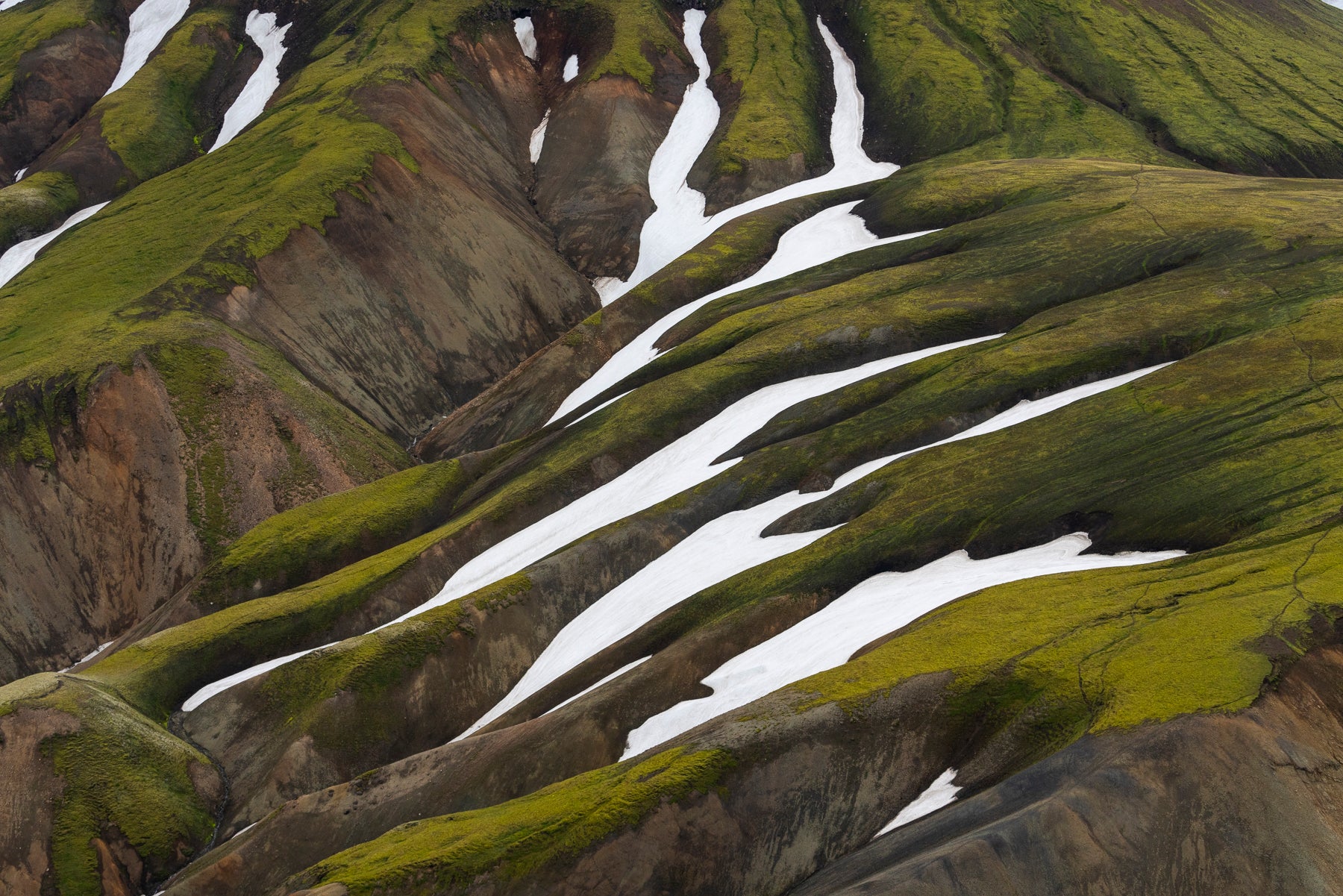Bolivia is a truly magical location for landscape photography. I traveled to Bolivia in 2017 with fellow Capture to Conserve member Bo Bridges, a truly fantastic photographer and incredibly easy-going and friendly travel companion. We hooked up with a local guide, Sergio, to take us off the beaten path. We spent most of our time in the country exploring the remote Altiplano – a vast high-altitude plateau surrounded by the Andes mountains. Getting acclimatized to the altitude did take a few days, which we spent in La Paz, a city located at 12,000 ft (3,650 m) above sea level. La Paz is interesting because it is located in a canyon with a nearly 2,000 ft vertical difference from the rim to the base, all of which is packed with urban life. Several public aerial trams (like what you find at ski resorts) connect different sections of the city, making it easier to move from the rim to the base, and vice versa.
After a few days getting used to the altitude, we left La Paz and headed east, taking the infamous Death Road, which ascends to roughly 15,000 ft (4,650m) at La Cumbre Pass before descending 11,000 feet to the town of Coroico. At La Cumbre Pass we were hit with 4–5 inches of snow, which made for slow and treacherous going as we transitioned further down via switchbacks into the lush rainforest terrain. The Death Road is dramatic for sure — a narrow one-lane dirt road with guardrail-free cliff drop-offs as it winds its way down the very steep jungle hillsides. At one point we literally had to drive through a waterfall that was cascading down onto the road. It made for a fun start to a truly amazing trip, but where Bolivia really came alive for me was when we headed back up and into the Altiplano region. The Altiplano revealed mesmerizing landscapes, from mirrored salt flats flooded with inches of rainwater, to incredible mountains and arid deserts full of color and contours. The remote and rugged scenery of the Bolivian Outback is not easy to get to—a 4x4 vehicle and off-road experience is required. But it’s a landscape that keeps on giving, from its massive snow-covered cone-shaped peaks, to the subtle beauty of its seemingly endless, undulating and multicolored horizons.


I made the mistake of attempting to play pick-up soccer in the village of Sajama — 14,000 ft (4,260 m) above sea level. It was a very tiring but nice way to connect with some locals before heading further on to explore their beautiful country. A highlight of the trip was Salar de Uyuni, the world’s largest salt flat. It flooded at the time we arrived with a few inches of rain, providing a truly unique and surreal photography experience where the horizon line became lost in the mirrored reflection on the water.
The trip was an adventure and opened my eyes to the magic and variety of Bolivia. What I love about landscape photography is the opportunity it provides for one to get “off grid” and go out to explore and learn about new places. When you study the world around you through a lens it forces you to slow down and truly appreciate the details. Each location speaks its own visual language and it takes time to begin to interpret or understand what each landscape is saying to you. From a photography standpoint, I find this challenge of interpreting a new location is where the fun, and sometimes the frustration, happens. Bolivia was in some ways a landscape of differences — it was both dramatic, forward and robust, presenting a bold vista, and in the next instant, subtle, soft and ethereal, presenting a more intimate landscape play of color and tone. I found it took my eye some time to process what I was really seeing.
I look forward to future trips to refine and enhance my ability to truly “see” Bolivia. I strived to capture images that speak the language of Bolivia and the Altiplano and I hope you enjoy them. Bolivia was a special place and I feel fortunate to have had the opportunity to experience its magic.

